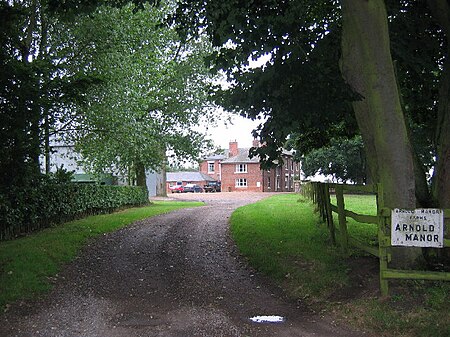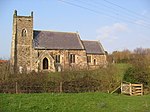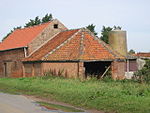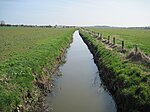Arnold, East Riding of Yorkshire
East Riding of Yorkshire geography stubsHoldernessUse British English from November 2014Villages in the East Riding of Yorkshire

Arnold is a hamlet in the East Riding of Yorkshire, England in an area known as Holderness. It is situated approximately 9 miles (14 km) north of Hull city centre and 6 miles (10 km) east of Beverley town centre. It lies to the west of the A165 road which by-passes it. Together with the village of Long Riston it forms the civil parish of Riston. The name ‘Arnold’ derives from the Old English earn and halh, and meant ‘eagles’ nook of land.’
Excerpt from the Wikipedia article Arnold, East Riding of Yorkshire (License: CC BY-SA 3.0, Authors, Images).Arnold, East Riding of Yorkshire
Arnold Lane West,
Geographical coordinates (GPS) Address Nearby Places Show on map
Geographical coordinates (GPS)
| Latitude | Longitude |
|---|---|
| N 53.858337 ° | E -0.28986 ° |
Address
Arnold Lane West
Arnold Lane West
HU11 5HS , Riston
England, United Kingdom
Open on Google Maps











